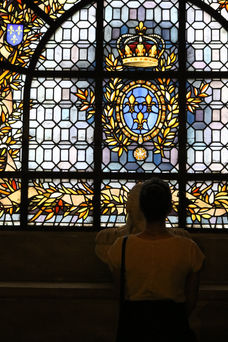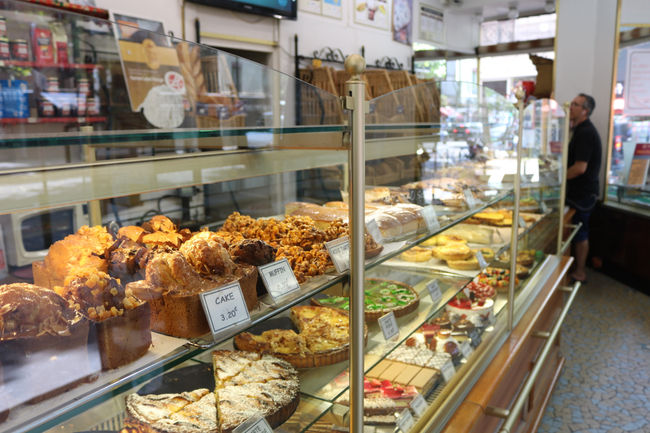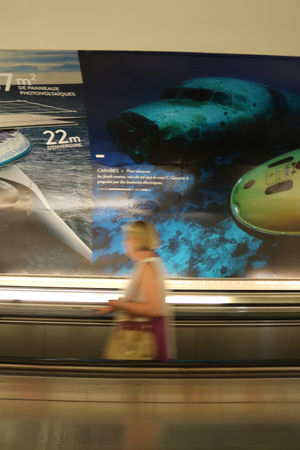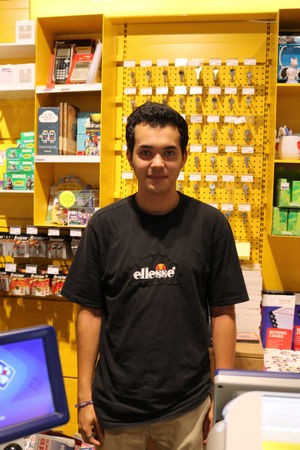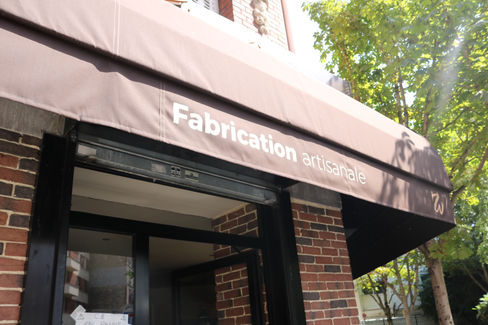PEOPLE
BASILIQUE DE SAINT-DENIS
Basilique de Saint-Denis METRO stop is jam packed with history! Our first impressions of the stop were in regards to the type of people we encountered. There were tons of people on the street, hanging out and enjoying life outside. We took an interest in the street signs that pointed the way to the Basilica of Saint Denis and so we started our journey towards it. Right outside the Basilica, we stopped by the Office of Tourism that was directly in front. We spoke to Lea for a few moments about the area. She revealed to us that this entire area was considered a historical center because of the City Hall that was to the left of the Basilica. She also mentioned that the area is mostly inhabited by young people. The flea market, which is a few blocks down from the Office of Tourism, is open weekly and creates a space for the community to come together. The overall location is extremely multicultural. The Basilica of Saint Denis is a beautiful destination, one I recommend everyone to visit. But in order to visit and truly appreciate it, you need to understand it’s history. The basilica was built to commemorate the story of Saint Denis. He was a bishop that was sent to Gaul to convert people to Christianity. He was beheaded on Montmarte for this and according to legends, walked with his head in hand for some kilometers away, to this very basilica. This stunned civilians and made more people believe in his teachings, making him a martyr for Christianity.
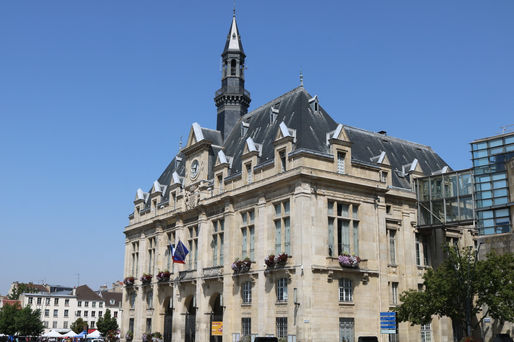
PORTE DE SAINT-OUEN
One may not realize that once you get off at Porte de Saint-Ouen, you are entering a new city! Just two stops ahead of Porte de Saint- Ouen (at the Place de Clichy), you enter the city of Clichy. This is a city is considered an industrial suburb, located north of Paris. It’s a great location for professional networking and travel since you are so close to the largest city in France with just a few stops.
Getting off the metro, we noticed many similarities in comparison to the paralleling stops, Les Agnettes and Porte de Clichy. It was a suburban area, with many residential areas and not many consumer areas. A bakery nearby caught our attention with its bright colors and appealing outdoor sign. The main baker was a shorter lady with big brown eyes wearing a detailed hijab. We her asked the questions about the area. In her broken english, she spoke about how culturally different this part of the city was. With numerous religions, races, and ethnic groups, you were in a melting pot of cultures. And although she has only lived here for the past few years, she considers herself a Parisian. Baking these french pastries while still practicing her religion and being accepted for it makes her a perfect representation to society.

PORTE DE CLICHY
Porte de Clichy is named after the portion of the city gates that led to the city of Clichy. The gates, known as the Thiers Wall, was created as a barrier around Paris throughout the nineteenth century.
When exploring the Porte de Clichy stop, we met Nathan at Maison de la Presse. We asked him the same series of questions to get to know the area a little better. He disclosed to us that many of the customers he’s encountered both inside and outside the store are older, mostly elders. The neighboring park, Martin Luther King Park, sits close by, creating a safe place for these elders as well as locals. Within this park, we also discovered a community garden that we believe is used by those residing in the apartments minutes from the park. Although Nathan is new to his job, he really enjoys the location and the people he comes into contact with each day.

LES AGNETTES
Les Agnettes opened up back in 2008 and is named after the street of a neighborhood within the stop called Rue des Agnettes. When it first opened up as a new branch of stops, the estimated cost of completion was about 158 million euros and took about three years to put together. The location has made it easier and faster for riders to reach the “Saint Lazare” stop, which has connections to the 3, 12, 14 lines as well as the RER 3. The Saint Lazare stop also allows riders to travel to Normandy.
While on the Les Agnettes stop, we met Ibrahim, just as his pizza shop was opening up for the day. He was explaining how the surrounding area was mostly apartments and did not have as many shops as other stops. The age demographic is mostly young people, not as many elderly inhabitants as the last stop. The area also highlights different cultures, one of the most common was Muslims. Stores and restaurants lined up and down the street with Islamic text. One store we entered sold religious items including copies of the Quran.

The people we interviewed on these stops explained at various occasions how multicultural the area they worked/lived in was. They had experienced an array of different religions and cultures, including Muslims, African Americans, and Asians. The shops we encountered displayed this perception as well. We came across Asian restaurants and Muslim stores. It was interesting to blend of diversity on the streets and even on the metro. Everyone was proud of who they were and where they came from. Similarly to Miami, these Parisians still considered themselves French, even if their lifestyle depicts that of another culture.







